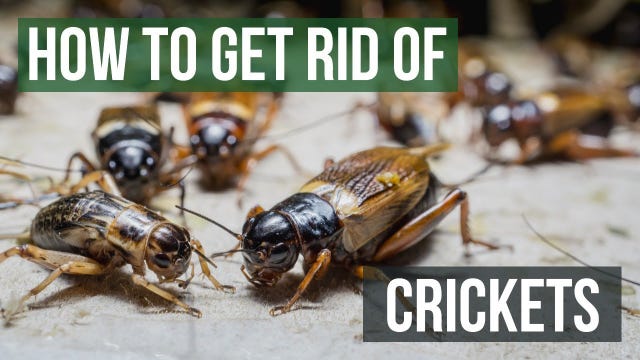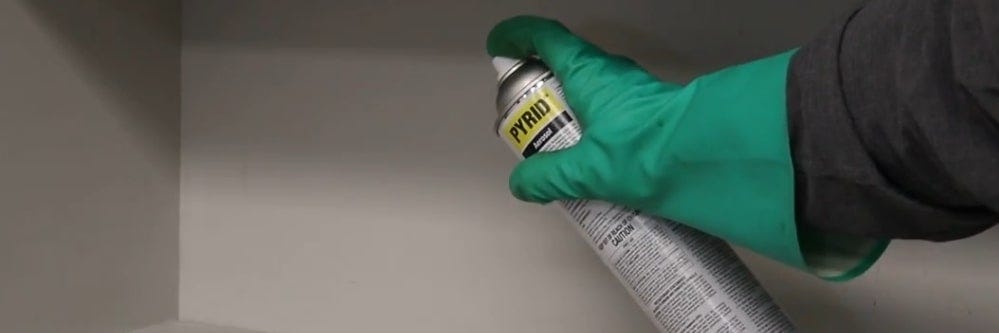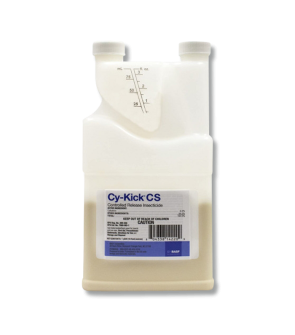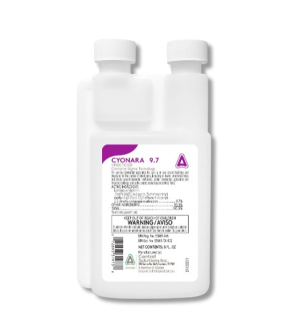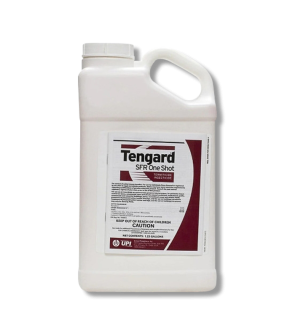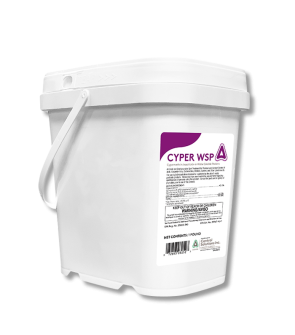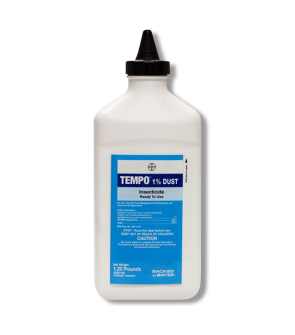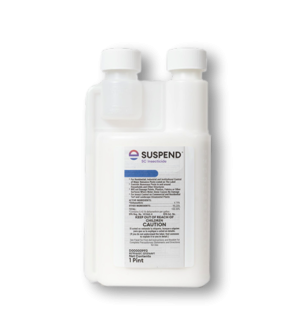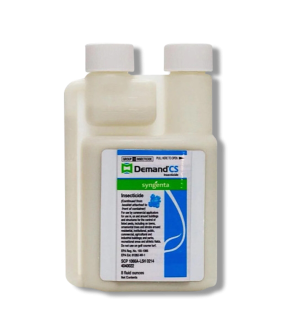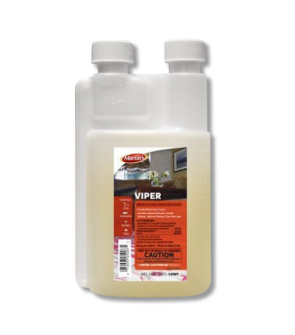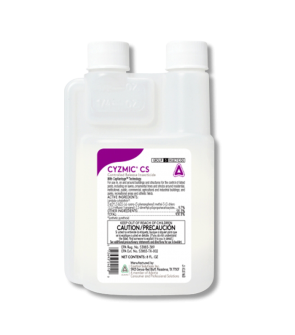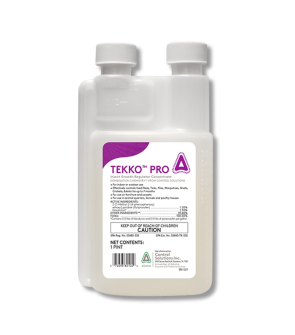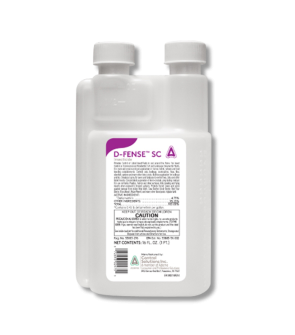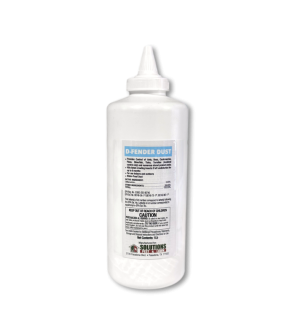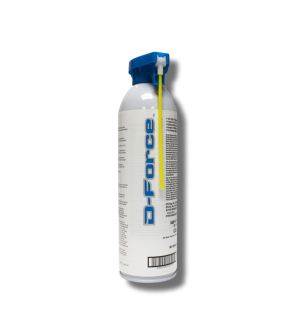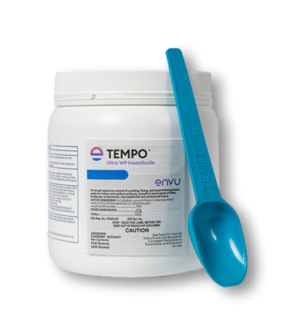Gain access to personalized product screening, the best pricing, rewards, and more!
Most Effective Products
Cricket Control: How To Get Rid of Crickets
This page is a general cricket control guide. Using the suggested products and methods, you will control the most commonly found crickets inside and outside the house. Follow this guide and use the recommended products, and we guarantee 100% removal of crickets.
The chirping of crickets may seem pleasant for some, but for most trying to get a decent sleep, crickets can be an annoying irritant to deal with on a nightly basis. Crickets thrive at night, and though they are often hard to spot, they can be heard due to their incessant chirping.
Crickets are notorious for eating into clothing and other fabrics throughout the house when they have infiltrated a home. They also destroy wallpaper and eat on fabrics such as furniture, drapes, rugs, and carpeting. Crickets can be destructive in agriculture and home gardens by eating crops and seeds.
If you are dealing with a cricket infestation and want a solution, we have a guide for you. Read on below to learn more about this pest and how you can successfully get rid of crickets inside and outside using our professional-grade products and expert advice.
Identification

Before treating it, you need to ensure you’re dealing with crickets and not some other pests. Misidentification can lead to using the wrong treatment methods and products, which can be a large waste of time and money. Below are the defining characteristics of crickets so you know what they look like for proper identification.
- Crickets are small to medium-sized insects with mostly cylindrical, somewhat vertically flattened bodies. Cricket species can vary in color but could be yellowish-brown, tan, or dark brown in color.
- Crickets usually have five eyes—two large eyes and three small eyes on the forehead.
- There are over 900 different cricket species. Crickets often get mistaken for grasshoppers since they resemble each other in appearance.
- The difference between Crickets and Grasshoppers can be distinguished by observing the wings. While crickets fold their wings against the sides of their bodies, grasshoppers fold theirs in a high tent-like fashion over them.
- Crickets also make a distinctive chirping noise. This chirping is a mating call conducted by male crickets to attract females. The male cricket noise produces the noise by rubbing his forewings together. The chirping noise differs depending on the species.
- While there is a wide variety of crickets, the ones most commonly found in and around the home are field crickets and house crickets.
Use the image and description above to properly identify crickets on your property. If you are unsure, contact us; one of our pros will assist you with identification.
Inspection

Once you have confirmed that you are dealing with Crickets, you will need to locate where they are hiding in or around the home. Conducting an inspection will help you figure out where to focus applications of cricket-killing insecticides.
Where To Inspect
Outside, start by looking for crickets at entry points around the outside perimeter of your home. Crickets are known to jump up to 3 feet high, enabling them to gain access into the house by jumping into vents, weep holes, openings around utility pipes, cracks in door and window frames, and other such areas.
Indoors can be found practically anywhere in the home but tend to stay closer to the perimeter walls, secluded areas, and where there is clutter for cover (attics, basements, garages, etc.)
What To Look For
It would be best to look for crickets and any cricket eggs. If you carry out your inspection at night, use a flashlight. You might be able to locate them by their chirping sounds. At night, they tend to flock around outdoor lights in the patio and yard. Inside your home, look in cracks, crevices, and baseboards.
Cricket eggs are harder to find because they are small (2 to 3 mm long). You can check behind and under large appliances that generate heat. When you can't find crickets, check for damage they may have left on fabrics or furniture.
Treatment
Once you have confirmed where the crickets are active, you can continue applying insecticides. Remember to read all product labels, follow the application instructions on these labels, and wear personal protective equipment to stay safe.
To get rid of the cricket infestation, we recommend applying Supreme IT Insecticide. Supreme IT is a liquid-repellant insecticide concentrate labeled to control over 70 different pests. Indoors, we recommend Pyrid Aerosol to kill Crickets you find indoors on contact or to flush them out of areas where they may be hiding in clusters. We recommend applying D-Fender Dust to round out your indoor treatment and kill Crickets hiding in hard-to-reach tight spaces.
Step 1: Use Supreme IT Outdoors
To get rid of crickets outside, we recommend using Supreme IT to create an insecticidal barrier around your property. This will repel and prevent crickets from coming inside. The best thing about Supreme IT is that it will work for up to three months.
Determine how much Supreme IT will need by measuring the square footage of the treatment area. To do this, measure the treatment areas' length and width in feet, then multiply them together (length X width = square footage).
One ounce of Supreme IT with a gallon of water in a pump sprayer will treat 1,000 square feet.
Once the appropriate amount is mixed in your sprayer, create a perimeter barrier around your structure by spraying 3 feet up and 3 feet from the foundation. Also, spray window frames, door frames, eaves, air vents, and electrical/plumbing penetrations.
Step 2: Apply Pyrid Aerosol Indoors
Pyrid is a great insecticide Aerosol for killing Crickets because it delivers a quick knockdown with no residual.
To apply Pyrid in broad areas, such as around windows, ensure the white applicator is firmly attached. Shake the can well and spray in swift, sweeping motions. Replace the white applicator with the red crevice application tip to apply in the cracks and crevices where you have noticed Crickets.
Shake the can well and spray sweepingly along the crevice's length. Keep people and pets away from treated areas until dry and vapors have dispersed.
Step 3: Apply D-Fender Dust
D-Fender Dust is a great insecticide product for cricket control because it is moisture-resistant, making it ideal for application in areas where crickets gather. It also leaves a residual (or long-term effect) that lasts for up to 8 months.
To use D-Fender Dust you will need a handheld duster. Fill the duster halfway with D-Fender Dust, and leave plenty of space for the air to circulate. Apply in the cracks and crevices where you have noticed crickets, such as voids where plumbing penetrates walls, along baseboards, in weep holes, and other tight areas.
Alternative - Apply a Natural Pesticide
We understand that in some parts of the country, such as California and New York, most pesticides are prohibited from being sold and used to kill crickets. To get rid of crickets naturally, an organic pesticide remedy can keep crickets from damaging your garden and plants.
In a spray water bottle, spray fresh hot chili peppers and/or hot chili powder mixed with 2 cups of water and a few drops of dish soap. Wear the proper personal protective equipment (PPE), such as gloves, a mask, and protective eyewear, and spray toward (but not directly on) plant leaves and soil. This will kill crickets and serve as a repellent to keep them away.
Prevention
After applying the insecticide treatments inside and outside your home, you will no longer have a cricket infestation, but that doesn't mean they won't return and reinfest. This is why you must enact preventative measures to ensure crickets keep away. To keep crickets away, do the following:
- Start by closing up small entry points outside your structure with Stuf-Fit Copper Mesh and caulk. Crickets can sneak in via the tiniest of openings, so you must be thorough.
- Repair damaged screens and door seals.
- Outdoors trim back vegetation, including any overhanging branches on nearby trees.
- You can get rid of crickets naturally by limiting light. You should turn off any outdoor light, if possible, around dusk. If this is not possible, switch to low-pressure sodium vapor lamps or yellow incandescent “bug lights,” which are less attractive to crickets.
- Finally, preventative treatment of Supreme IT Insecticide in late summer and early fall will provide control during the season when crickets are most active. Depending on your location, their swarming dates could change, so apply a month in advance when they are most active.
Key Takeaways
What Are Crickets?
- Crickets are a nuisance pest known for their loud chirping noises at night and infesting in large numbers when temperatures drop.
- Crickets can become a problem when they invade homes and feed on fabrics, damaging clothing, and other fabric items.
How To Get Rid of Crickets Outside and in Your Home
- To kill invading crickets, we recommend applying a combination of products: Supreme IT Insecticide, Pyrid Aerosol, and D-Fender Dust.
- Apply Supreme IT as a barrier treatment around the home to treat Crickets active around your outside perimeter. Spray Pyrid Aerosol directly on any Crickets found indoors, and apply D-Fender Dust to cracks and crevices that Crickets use as a point of entry or to hide.
- As a natural alternative to treating cricket infestations, you can make hot peppers and dish soap with water in a spray bottle and spray the areas where they have been active to kill and repel them.
Preventing Cricket Reinfestation
- Keep crickets away from investing in the future with exclusion measures like sealing cracks and crevices and preventative applications of Supreme IT Insecticide.






